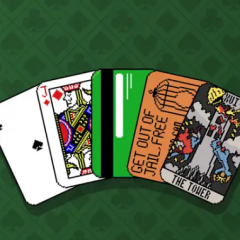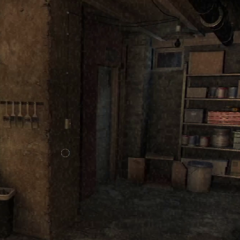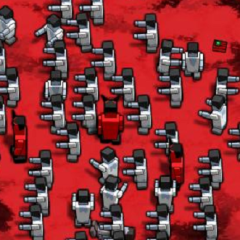Casino Casualty is an independent horror game that combines gambling mechanics with a survival puzzle structure. The story takes place inside a closed casino where the player must survive by playing dangerous versions of traditional games. The main objective is to earn enough chips to escape before the robotic staff catch up. Each game session serves as both an opportunity and a risk, forcing the player to decide how much they are willing to wager for progress. The environment itself becomes a trap, filled with clues, sound cues, and systems that react to every mistake.
Setting and Narrative Structure
The events of Casino Casualty unfold within the Crimson Casino, a location that once operated as a luxury entertainment center. The protagonist, who was responsible for its reopening, finds themselves trapped inside after a malfunction in the robotic systems. What starts as a routine closure turns into a night of survival. Through exploration, the player uncovers logs, broken terminals, and strange audio messages that reveal the casino’s past. The story is told through environmental details and interactions, rather than direct dialogue, encouraging close observation of every detail.
Mechanics and Player Goals
Casino Casualty is structured around a collection of interactive minigames that serve as survival tests.
Core components include:
· Card games that determine access to locked rooms
· Slot machines connected to security systems
· Weighted dice that alter outcomes
· Pinball tables used to trigger hidden mechanisms
· A chip economy that measures overall survival progress
The player must balance time, resources, and risk. Winning brings access to new areas, while losing can activate the security bots or drain vital energy. Every machine functions differently, demanding pattern recognition and timing rather than simple luck.
Strategy and Progression
Progress in Casino Casualty depends on interpreting probabilities and monitoring environmental signals. Some machines react to sound or movement, while others require solving small mechanical puzzles. The player learns to predict when a system will reset or when an enemy is near. Effective play involves alternating between active engagement with the games and stealth exploration of the casino. Over time, patterns emerge that allow more efficient routes and safer chip farming, making the balance between chance and control central to success.
































